Keratoconus
Keratoconus is the thinning of the cornea – the clear dome-shaped outer surface of your eye. Eventually, the cornea bulges outward into a cone shape causing blurred vision, sensitivity to light and difficulty seeing at night. Most commonly affecting individuals between the ages of 10 to 25, the chance of developing it increases if it runs in the family. Different treatment options are available, depending on the severity. Mild to Moderate Keratoconus may be treated with eyeglasses or contact lenses. Another treatment is called Corneal Collagen Crosslinking, which uses riboflavin and UV light to strengthen the cornea. Often this treatment is used in addition to the insertion of Intacs. Intacs corneal implants are two small crescent shaped pieces made of plastic polymer which are inserted into the cornea to support the cornea’s shape, leading to improved vision. But if the cornea becomes scarred, making it painful to wear contacts, surgery is another option. Recovery time can take up to one year and you may need to continue wearing rigid contacts to ensure clear vision. Keratoconus can worsen over time so early detection is key. If you notice any of the symptoms, it is best to schedule an appointment right away, so we can work with you, to make sure you have the best vision possible!
This disorder is the most common corneal dystrophy in the U.S., affecting one in every 2000 Americans. It is more prevalent in teenagers and adults in their 20s. Keratoconus arises when the middle of the cornea thins and gradually bulges outward, forming a rounded cone shape. This abnormal curvature changes the cornea’s refractive power, producing moderate to severe distortion (astigmatism) and blurriness (nearsightedness) of vision. Keratoconus may also cause swelling and a sight-impairing scarring of the tissue.
- Studies indicate that keratoconus stems from one of several possible causes:
- An inherited corneal abnormality. About seven percent of those with the condition have a family history of keratoconus.
- An eye injury, i.e., excessive eye rubbing or wearing hard contact lenses for many years.
- Certain eye diseases, such as retinitis pigmentosa, retinopathy of prematurity, and vernal keratoconjunctivitis.
- Systemic diseases, such as Leber’s congenital amaurosis, Ehlers-Danlos syndrome, Down syndrome, and osteogenesis imperfecta.
Keratoconus usually affects both eyes. At first, people can correct their vision with eyeglasses. But as the astigmatism worsens, they must rely on specially fitted contact lenses to reduce the distortion and provide better vision. Although finding a comfortable contact lens can be an extremely frustrating and difficult process, it is crucial because a poorly fitting lens could further damage the cornea and make wearing a contact lens intolerable.
In most cases, the cornea will stabilize after a few years without ever causing severe vision problems. But in about 10 to 20 percent of people with keratoconus, the cornea will eventually become too scarred or will not tolerate a contact lens. If either of these problems occur, a corneal transplant may be needed. This operation is successful in more than 90 percent of those with advanced keratoconus. Several studies have also reported that 80 percent or more of these patients have 20/40 vision or better after the operation.

